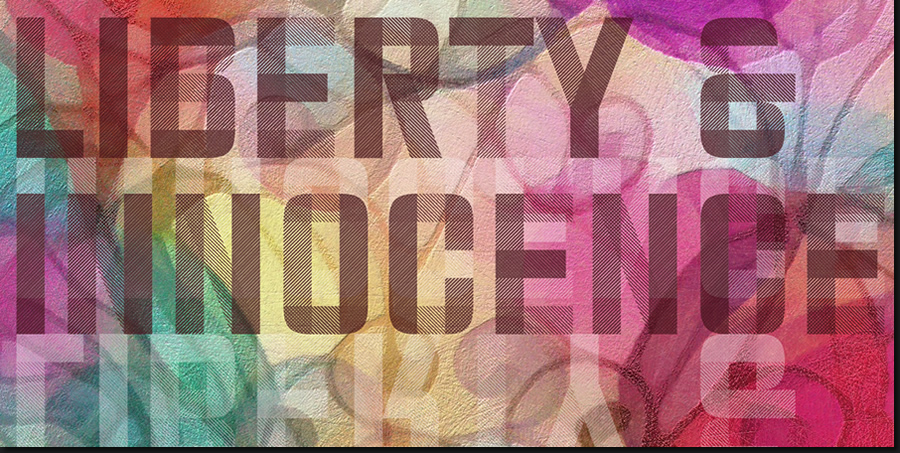Liberty And Innocence
Piano, Orchestra and Synthetic Sounds.
· The Right to Liberty and the Presumption of Innocence ·
Liberty: being free to live without fear, risk of harm, or repression.
Freedom: to act and think without restraint in mind and body.
Innocence: freedom from guilt, real or imagined.
Liberty is a principle that may be upheld in society. Freedom is apparent through personal experience.
Liberty can only be enjoyed with freedom and the presumption of innocence.
•
The Music
The Rights of Living Things seeks to encourage discussion and debate about the way life is defined and valued. Of the ten pieces that make up the suite of music, 'Liberty and Innocence' was the most challenging to compose.
I experience the music as an abstract narrative that begins in isolation and continues with the company of others, from physiological confinement to emotional release. Your experience will excite unique ideas and thoughts alongside its title, setting, and how the music makes you feel.
Ideas of liberty and freedom are contextual and fluid. Like the words, the music is not the end of the story but rather, its beginning. The piece is most satisfying when heard in cyclical form together with its nine companions.
The first half of the music begins with a deep breath before a simple melody on the piano accompanies the ebb and flow of high effervescent sounds. A concertina stutters its motif as strings and woodwind instruments are introduced. Patterns shift from groups of three, to four, to uncertain form.
The idiosyncratic orchestration and sway in musical style between different cultural influences expresses my own creative liberty. Synthetic sounds feature ever more prominently towards its centre until it is difficult to subtract them from the whole. This mix of organic and non-organic sounds symbolize the ever increasing role technology and artificial intelligence plays in human life.
A quote from The Rite of Spring by Igor Stravinsky sings out on the bassoon immediately before the second and more strident half of the piece, signifying the far-reaching changes ahead.
In the second half the brass section is more assertive and trumpets re-imagine the opening call of the piano before other previous melodic shapes are played one against the other.
The end of the work is designed to lead back to the suite's beginning, and is my attempt to encourage a return to the ideas of The Rights of Living Things as an on-going project, rather than to view them as resolved and final.
You are welcome to listen to all or part of the whole suite at The Rights of Living Things which runs to around forty two minutes.
•
The Art
The artwork is nature-centred and presents a positive rendition of liberty and innocence in contrast to the more negative human qualities usually associated with these ideas: guilt, wrong doing, crime, and detention.
This vibrant and fluid image extends beyond its visible boundary. I see only a portion of a much larger scene. Liberty presented in this way is full with promise, life, line, form and colour. I reflect on the work's uncertain symmetry and on liberty's: the presumption of innocence.
As brightly coloured swirls interweave and mingle I consider liberty from afar. Through my daily actions I constrain the liberty of plants and animals, as well as humans. Sometimes directly, but far more frequently, indirectly.
Innocence is expressed through the use of strong hues, growth, texture, and twisting forms. The vivid colours reminds me of the artwork of a child, and this in turn encourages me to ponder on how essential liberty and innocence is for growth.
I think of how I am most at ease with nature when I experience it as unbounded. When mountain, sea and air is unbridled by the paths of human exploitation and waste. I ponder on how liberty and innocence is as much to be considered with all living things as it is with its most complex creatures.
•
An extract from the full size artwork and music cover follows:


